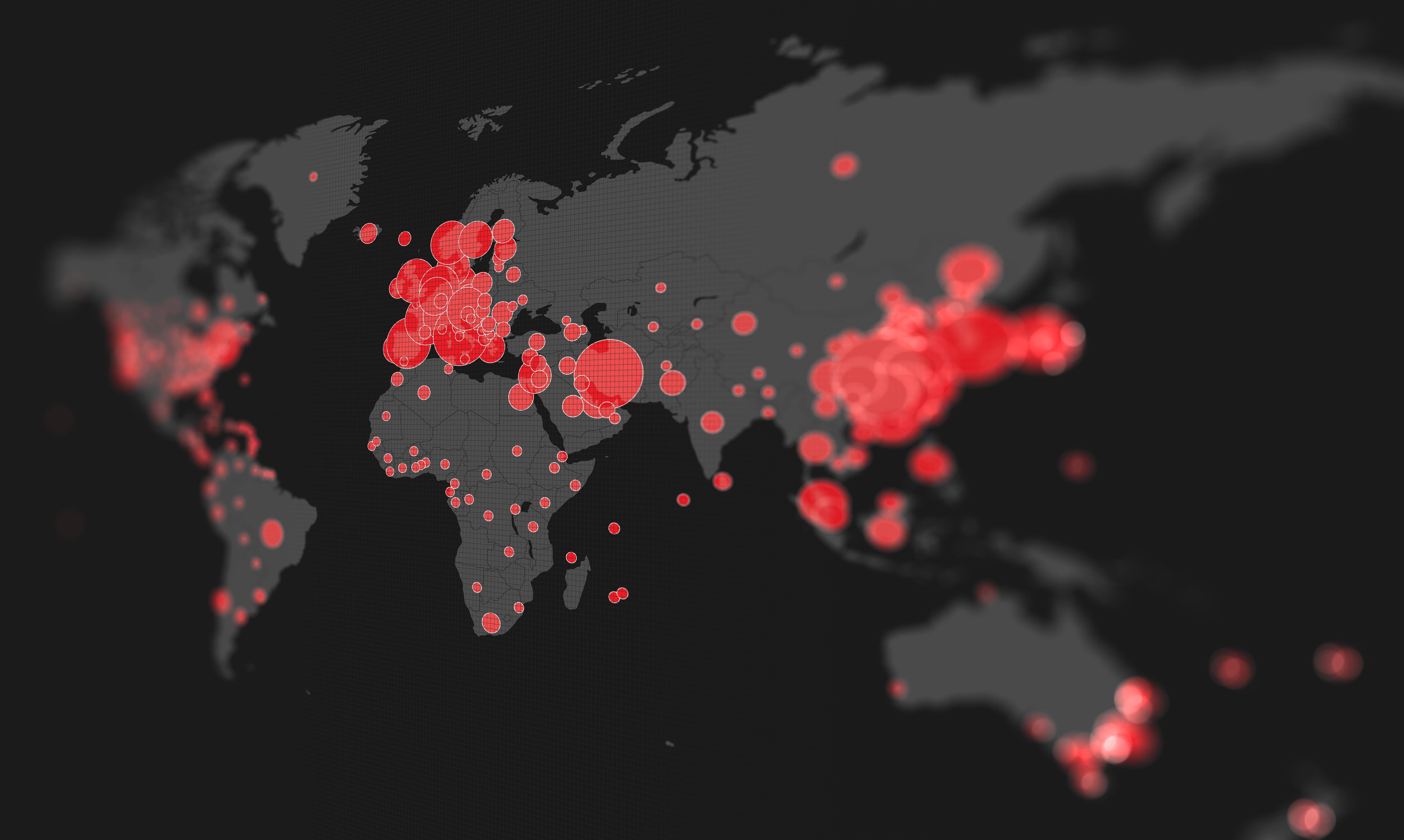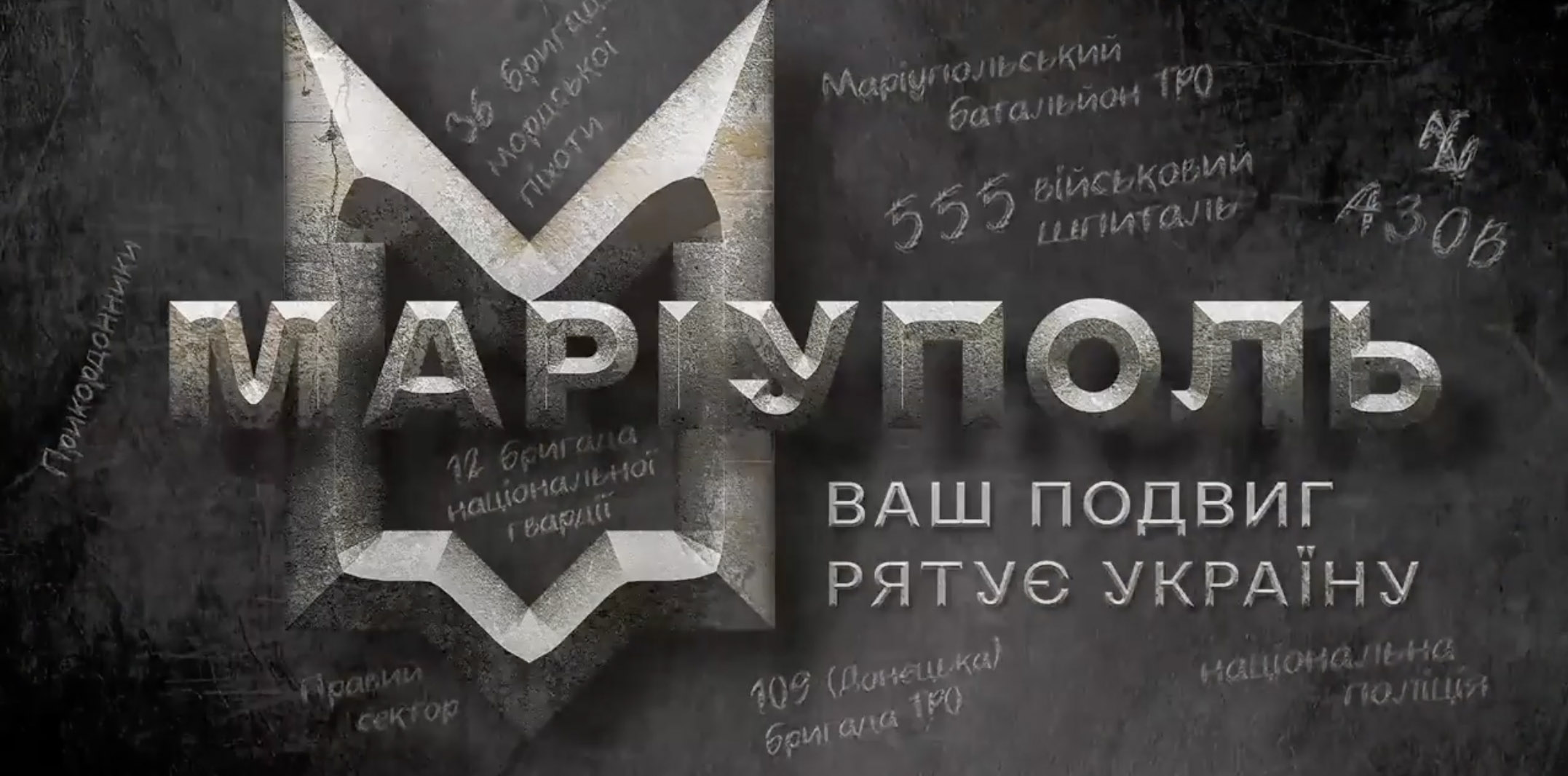“Brand, why have you disappeared when we were feeling bad?”:
20 April 2024
Strategist of the CMS Group and the creative company TABASCO Vitalii Muzh tells how the insights of consumers have changed during the crisis and how now business has to build communication with customers.
COVID-19 affects not only the health of people, but also the health of brands. I notice that some of the companies completely stop communication. “After all, if a business is closed, then perhaps it is better to keep silent?” — they think.
But the truth is, people cannot pause their lives, even when locked in their homes. When the quarantine is over, they will ask: “Where have you been, brand? What did you do when I felt bad? Where did he disappear, deserted when we were suffering here? ” Customers want to hear from you, and statistics bear this out: just 8% of users think that brands should stop advertising due to the pandemic.
So how shoulf you build communication during the crisis?
Understand in what “relationship” with reality are your clients
Consumers are in different “relationships” with the current reality. Someone is in the phase of denial (“I am not afraid of any virus”), someone is in a state of anger (“Everything and everyone annoys me”), someone — acceptance or bargaining (“If I and everyone will do this, then everything will pass faster”), some are depressed (” You just need to endure”).
People go through these phases in different ways, someone can stay in one of them for the entire period of the pandemic. Viruses mutate in the same way as people’s attitude to what is happening. You can see how representatives of different points of view conflict in social networks, how new norms are developed (for example, “Should I say something about those who violate the isolation regime?”, “What is more important: security or freedom?”).
Find common ground among all types of consumers
When systems and the usual order of things collapse, people have an increased demand for consistency and orderliness. Three archetypes of communication that work in this field are Ruler, Caregiver, Creator.
To reach consumers, it is important for a brand to demonstrate one or several functions in communication:
Ruler — clarity, “we’ll settle everything!”. Examples of messages: “We allocate money for research of the virus”, “We, in spite of everything, work, deliver goods”, “This is a war, but everything is clear and harmonious with us, we will win.”
Caregiver — care, empathy, protection. Examples of messages: “We make discounts on services, goods for which there have never been discounts”, “We don’t fire anyone from our employees”, “We care about doctors because they care about you”.
Creator — new solutions. Examples of messages: “We are remaking all business processes for a new reality”, “We invent on the go, we sew masks instead of our products”, “We give you tools, content, ideas so that you can keep yourself occupied”, “We will teach you something new”.
Be honest and joke
The level of mistrust in information has grown, so brands are not expected to be a lacquered reality, but Ugly Truth. Better open truth than silence. After all, if you are honest in describing problems, you can be trusted in other things.
That doesn’t mean brands need to give up humor. In analogy with wartime propaganda and communication, jokes, humor and satire were one of the most effective forms.
Become a friend
If you haven’t become one yet :). People on the Internet are not looking for general information (“Is everyone threatened by a virus? Do I need to stay at home?”), But something that can help them personally (“What is the likelihood of contracting coronavirus from a 45-year-old bus driver with diabetes mellitus?”). A brand that acts as an individual advisor, assistant, friend will become more in demand in the future. Consumers will not forget your help and will pay back with loyalty.
Therefore, it is more important than ever to create individual mailings, offers, show that you understand the situation in which a particular person finds himself, understand his sacrifices and hardships. For many, this is enough to remember your brand during a pandemic.
Put yourself in their place
While people probably have more free time and in theory they can consume more information from brands, the reality is more complicated. A variety of entertainment content competes for people’s attention: TV shows, games.
Many isolates themselves from brand messages because they don’t plan to buy anything, or they get annoyed because they can’t afford to spend money in a crisis.
However — and this is very important — people are sensitive to messages, which they can interpret as those that facilitate their current situation and which will be useful in case of aggravation of the situation.
Check your message by the following criteria:
Uniqueness. Your message is different from what all of your competitors are saying.
Surprise. Your message goes beyond what is expected of your brand.
Briefness. The solution that you offer to consumers can be packaged in a service name or in one sentence.
Speed. Your solution will help solve even a small consumer problem, but right now.
Show flexibility
The planning and design of communications should also be changed during the pandemic. Create a so-called “Rapid Response Team” within the organization, a blitz decision-making headquarters that is capable of developing and launching campaigns with instant speed.
To do this, you will immediately have to put aside standard procedures, templates and brand books. But extraordinary times call for extraordinary speed.
In addition, it may be just for your business that now is the time to put things in order in branding, databases and mailings, finish the website. Small tasks have been delayed until better times, so why not tackle them when the worst hits?
The crisis should stop the activity of those who have no plans for life after the crisis. And for those who are confident in further development, the crisis is a platform for increasing market share and planning.
Share to:
Read more

Mariupol. The feat saves the country!

Ukraine united: creativity during the war

Creative exhibition “Za wolność naszów i waszą”

Identity for “Women of Steel” created by TABASCO

RIA.COM encourages to share the truth
TABASCO has created a manifesto for DOM.RIA and AUTO.RIA

Kyiv Regional Children’s Hospital in Boyarka received a corporate identity
Branding was developed by the creative agency TABASCO

МІСТ
Rebranding of the National Museum of History of Ukraine


